A few years ago, Faniel Perrin was studying computer science in his native Haiti while working as a guide and translator. He became friends with one of his clients, an Ann Arbor couple that ran a charity.
Then on Jan. 12, 2010, an earthquake devastated Haiti. It killed an estimated 230,000 people and left another 1.5 million homeless.
Perrin’s family was not harmed, but he lost lots of friends, parents of friends, and co-workers. “It was a nightmare,” he said. “It changed me completely.”
With the capital of Port-au-Prince in ruins and Perrin’s school damaged, the Ann Arbor couple invited him to come back to the United States with them. Upon arriving in Ann Arbor, he enrolled at WCC. But he chose a new career path: construction management.
“I decided to switch after the earthquake so I can go back and help out,” Perrin said. Haiti can use his help. In January 2013—three years after the earthquake—the U.S. State Department reported that more than 357,000 displaced Haitians were still living in camps.
Who is an International Student?
Perrin is one of many international students who add to WCC’s diversity. “We love diversity,” said Sukanya Jett, director of admissions. “That’s what makes us what we are.”
There’s no single definition of an international student, according to Nicole Diamond, the counselor in WCC’s International Student Center. Some, like Perrin, are citizens of other countries who are in the United States temporarily to study full time. These students come from a wide range of countries: Argentina, Bahrain, Benin, Brazil, China, Costa Rica, Hong Kong, Indonesia, Nigeria, Pakistan, Romania, South Korea, and Venezuela, among many others.
Other students who are covered under an inclusive definition of “international student” include:
- U.S. citizens, permanent residents, or holders of various visas who are enrolled in WCC’s English as a Second Language program.
- Students from foreign countries who are in the United States on types of visas other than the F-1 student visa.
- Students who are U.S. citizens but whose parents were born in a foreign country.
Some of these people may not identify themselves as international students, Diamond said, but they’re all welcome at the International Student Center. “We want to let students know we’re here for them,” she said.
The Center is a warm gathering place, featuring couches, a coffee machine, two computers, and a printer. Much of the warmth comes from Diamond and the international students themselves as they help each other with everything from homework to basics like figuring out where to buy food.
The Center is hosting an open house on Thursday, March 21, from 1 p.m. to 4 p.m. to celebrate its recent move to a new, larger space across from its old location on the second floor of the Student Center building. “We just wanted to celebrate our new space,” Diamond said. The event, which will feature free snacks, prizes, and giveaways, also is designed to welcome international students who haven’t previously used the Center.
Why Do International Students Choose WCC?
International students come to WCC for a variety of reasons. For some, like Fatouma Abdoulaye of Niger, it’s because they have relatives or friends in the area. Abdoulaye stays with an uncle in Ypsilanti.
Abdoulaye wants to become a gynecologist, and her parents—who are both doctors themselves—said she should train in the U.S. When she gets her medical degree, she plans to return to Niger, which has few medical specialists.
Abdoulaye will finish her pre-med program during Spring/Summer Semester, and will take happy memories of WCC with her. “I would recommend this school because it’s a friendly school,” she said. “I’ve had the best experience of my life. And Nicole is the best counselor ever. She’ll always listen and give us great advice.”
Luna Park of South Korea is a former high school exchange student who attended a private school in Saline. She toured WCC with friends, and decided it would be an easier transition than going to a four-year school. Park, who is pursuing a liberal arts transfer program, said she likes WCC because it’s “very personal. Classes are really small. If you have a question, you can ask an instructor any time.”
Adrian Ramirez Reyes of Honduras chose WCC for the same reason as many international students—its “affordable credits that are transferable to U-M,” as he put it. Reyes, who is pursuing WCC’s U-M transfer program, plans to study biomedical engineering after he leaves WCC. His choice of U-M was almost preordained, since both of his parents are U-M grads.
WCC Welcomes International Students
WCC tries to ease the way for international students who want to attend the College. That effort starts with a website that has all of the information and forms that international students need to apply. International applicants “get a lot of personal attention” to help them through the process, which has many steps that aren’t required of American students, Jett said.
Once the students arrive, WCC offers a special orientation for those with F-1 student visas where they can meet each other and learn how to follow American immigration rules. There’s also a special ESL orientation available.
International students also have a dedicated counselor in Diamond, who can help with everything from academic advising to personal issues. And they have the International Student Center, which provides a safe, comfortable place to meet other international students.
Another resource is WCC’s International Student Association, which includes both international and American students. The social, cultural, and academic support group has weekly meetings and sponsors social activities.
